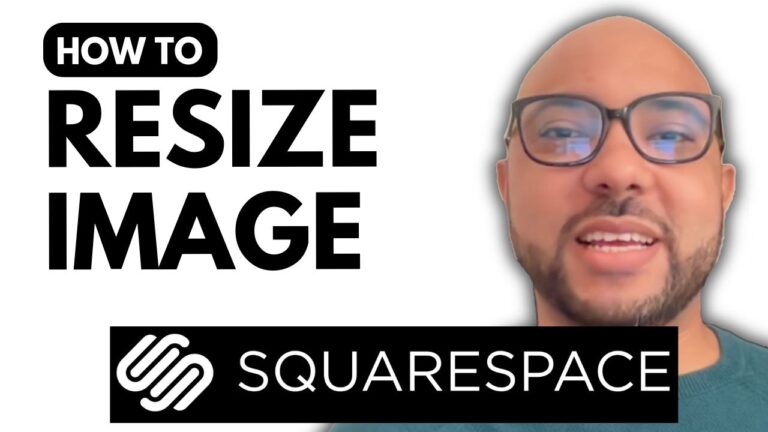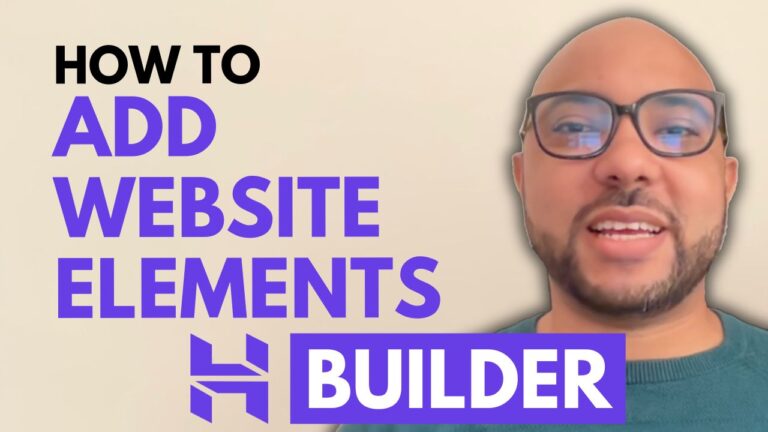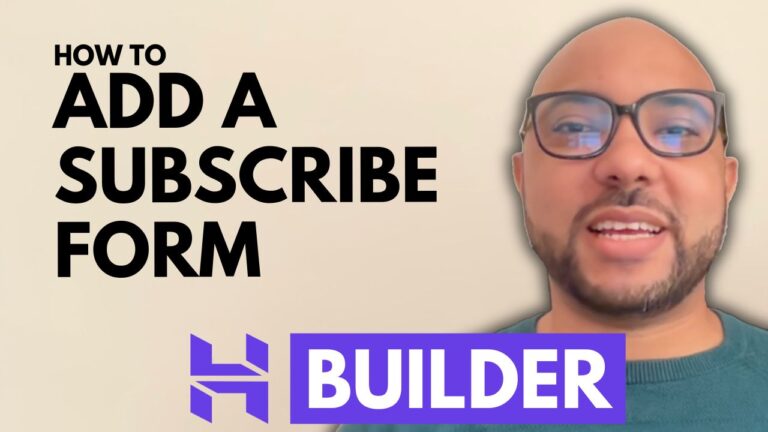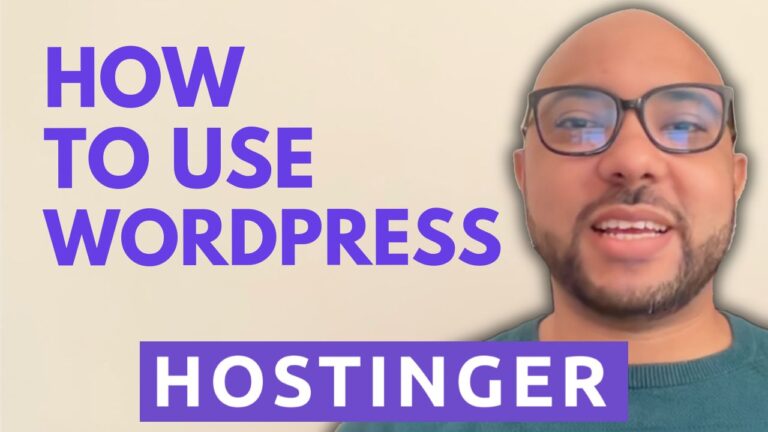How to Make a Blog Using Hostinger Website Builder: Step-by-Step Tutorial
Hey everyone, welcome to Ben’s Experience! In this tutorial, I will guide you through creating a blog using the Hostinger website builder. Hostinger Builder is an excellent choice for beginners because it requires no coding. With Hostinger handling your security and performance, your blog will be secure and fast, helping it rank higher on Google. Building your blog with Hostinger ensures a smooth and enjoyable experience for your visitors.
1. Setting Up the Homepage
We’ll start with the homepage. First, add a sticky bar to drive traffic to important pages, like your subscribe page. This sticky bar is optimized for mobile devices. Next, create a navigation menu featuring a catchy freebie button that directs visitors to the subscribe page. Below that, add a large hiking photo to visually represent your blog’s topic, complemented by a free hiking checklist button that also drives traffic to your subscribe page.
2. Creating a Blog Subscribe Page
Having a blog subscribe page is beneficial because having contact information from even just 100 people can give you a competitive edge. For instance, when you publish a YouTube video, having a direct audience to share it with can significantly boost your views. The same principle applies when launching a new product or creating a new social media profile. An engaged email list can greatly enhance your reach and impact. Best of all, you only need to set up your subscribe page once, and it continues to benefit you over time.
3. Adding Latest Articles and Social Media Integration
Next, include a section to display your latest blog articles and enhance your social media presence by displaying your latest Instagram posts. Additionally, add a contact section to facilitate easy communication with visitors.
4. Customizing the Footer and Additional Pages
At the bottom of your homepage, add a footer with your social media profiles, contact email, and legal pages. For the blog page, showcase the latest articles and an optional image section. Use a straightforward form for the contact page to send email notifications for each submission, along with other contact methods and a Google Maps location for online business needs.
5. Setting Up the Subscribe Page
Create a subscribe form using Mailchimp and embed it on your subscribe page. With your Mailchimp account, you can set it up so that every new subscriber automatically receives your hiking checklist by email.
6. Connecting Your Domain and Optimizing for SEO
Connect your domain to the Hostinger website builder. Hostinger offers two website builder plans: Premium and Business. Both plans give you a free domain, free email, drag-and-drop editor, 150 templates, marketing integrations, mobile editing, a money-back guarantee, and customer support. The Business plan also includes AI tools, which are essential for your blog work. I recommend going with the Business plan for the best features.
7. Final Touches and Publishing
After setting up your homepage, blog page, contact page, and subscribe page, preview your changes and make necessary adjustments. Always save your changes and preview them live to ensure everything looks and functions as expected.
Conclusion
By following this step-by-step tutorial, you’ll be able to create a blog using the Hostinger website builder that is engaging, professional, and high-performing. Whether you’re a beginner or an experienced blogger, Hostinger provides all the tools you need to succeed.
Let me know in the comments below what you think of this blog. If you still need any help related to hosting or website builder, feel free to reach me at benexperience.com. Your support helps me create more content like this, so thank you!






